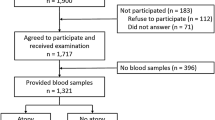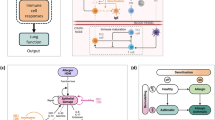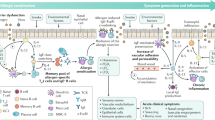Abstract
Although allergen avoidance is widely recommended as part of a secondary and tertiary prevention strategy for allergic diseases, a clear-cut demonstration of its effectiveness is still lacking. Ongoing observational secondary prevention cohorts show that sensitisation to mite can be prevented in the short term by allergen avoidance measures, but further follow-up of these children is needed to show if this effect can be sustained, as well as to ascertain its impact on allergic disease. More well-designed trials are still required before we can give any conclusive advice to our patients. Considering the management of allergy, current evidence suggests that interventions in children (either single or multifaceted) may be associated with some beneficial effect on asthma control, but no conclusive evidence exists regarding rhinitis or eczema. Conversely, there is little evidence to support the recommendation of allergen avoidance methods in adults with asthma and rhinitis. There is a need for an adequately designed trial assessing the effects of a multifaceted intervention in this age group.
Similar content being viewed by others
Article PDF
Author information
Authors and Affiliations
Corresponding author
Rights and permissions
About this article
Cite this article
Marinho, S., Simpson, A. & Custovic, A. Allergen avoidance in the secondary and tertiary prevention of allergic diseases: does it work?. Prim Care Respir J 15, 152–158 (2006). https://doi.org/10.1016/j.pcrj.2006.02.005
Received:
Accepted:
Issue date:
DOI: https://doi.org/10.1016/j.pcrj.2006.02.005
This article is cited by
-
Comparative Analysis of Allergic Rhinitis in Children and Adults
Current Allergy and Asthma Reports (2013)
-
EAACI: A European Declaration on Immunotherapy. Designing the future of allergen specific immunotherapy
Clinical and Translational Allergy (2012)



